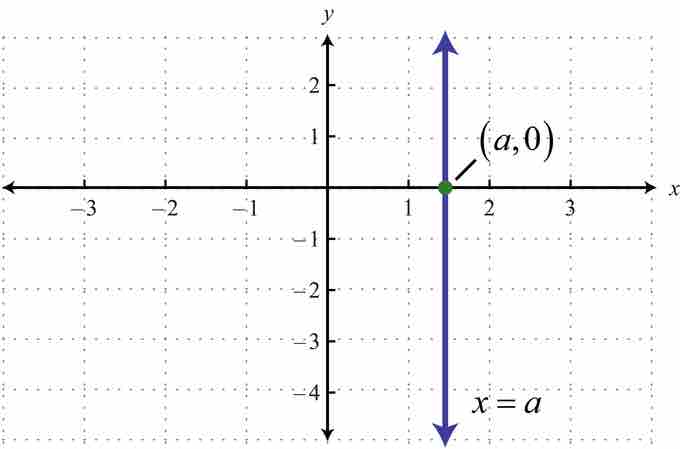Lines and Planes
A line is described by a point on the line and its angle of inclination, or slope. Every line lies in a plane which is determined by both the direction and slope of the line. A line is essentially a representation of a cross section of a plane, or a two dimensional version of a plane which is a three dimensional object.
Equations of Lines and Planes
The components of equations of lines and planes are as follows:
A line in three dimensional space is given by a point,
The position vector of point
Now, we can use all this information to form the equation of a line on plane
The vector equation of a line is:
where
The parametric equation of a line can be written as:
Or the more compact form:

Vertical Line, Graphed
Vertical line